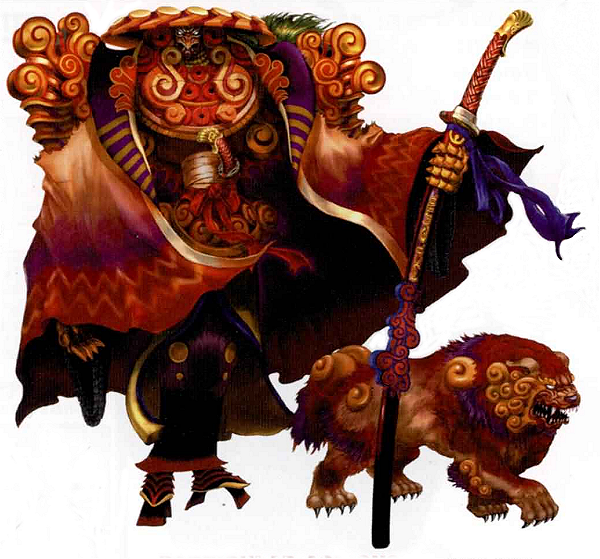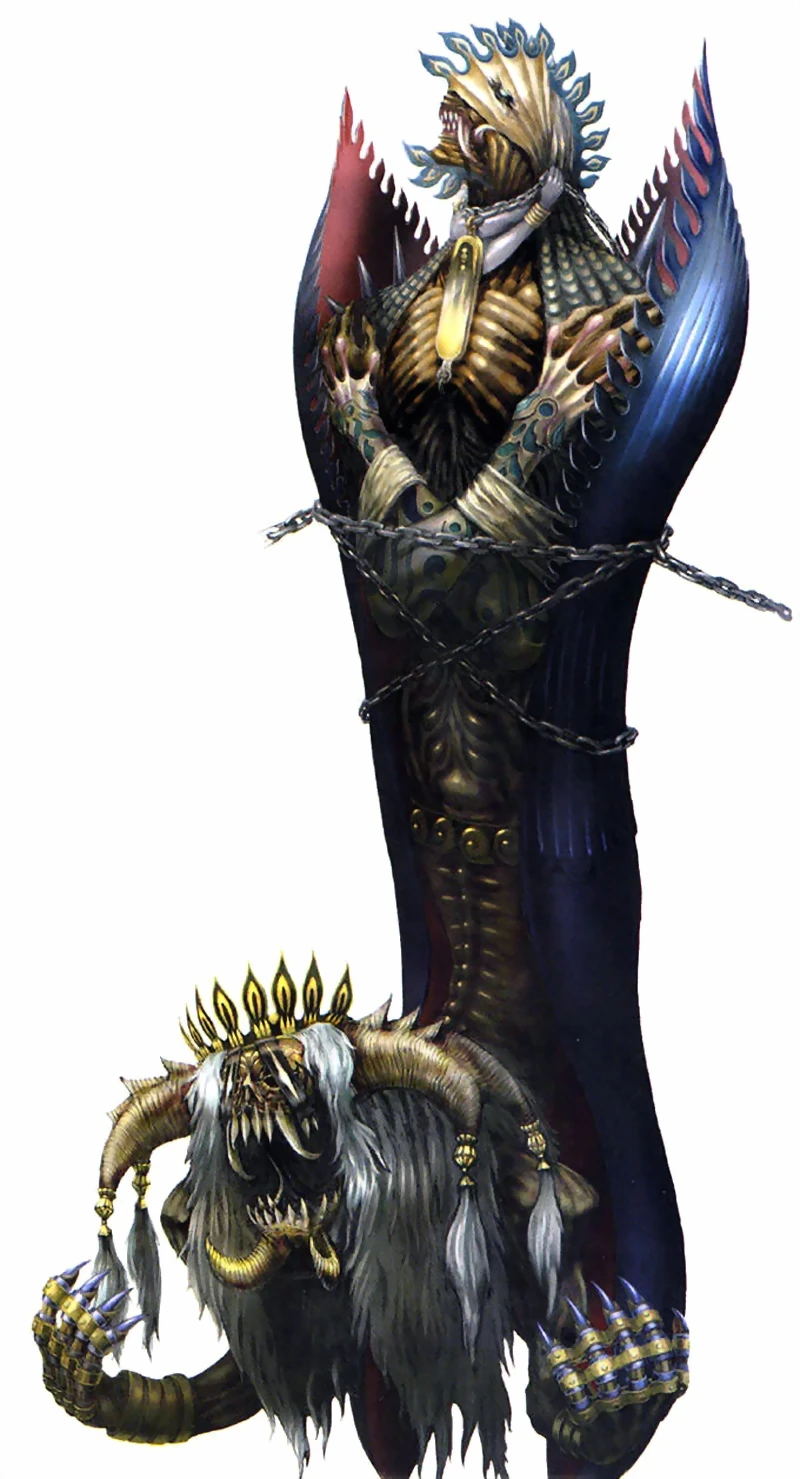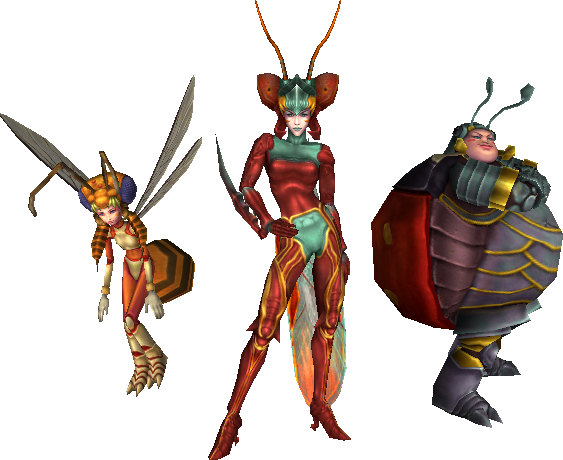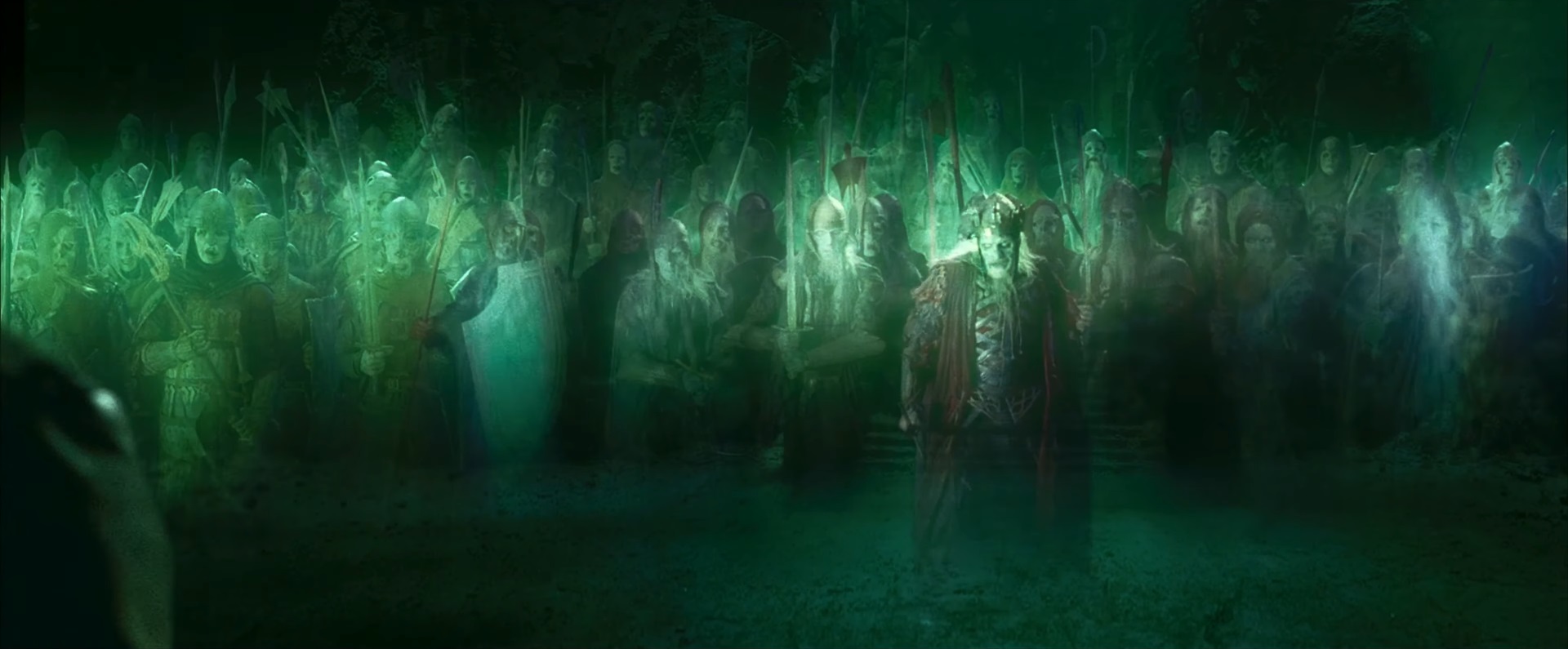We all know that the Spira which we seen in FFX actually is the ruin of real Spiral after 1000 years be destroyed by Sin and Yevon religion.
Unfortunately, all of knowledge be destroyed and very few things left to study. However, when research about them, I think we will find many interesting thing.
At first: Aeon.
We know that Aeon actually is the spirit of someone who be sacrificed and become the fayth. The Aeon's design will have some element related to the guy who be sacrificed. EX: Jetch' Aeon used a Jetch's blade. Jojimbo is a mercenary similar to its fayth. However, we don't really see anything similar between Bahamut's fayth and Bahamut ( or he didn't show these elements in game).
Almost of these Aeon which Yuna used in FFX is " standard Aeon". But more deeply we search, we will know that have very many kind of Aeon may be existed in the past:
- standard Aeon: one fayth summon one Aeon:
list: Valefor, Ifrit, Ixion, Shiva, Bahamut, Jojimbo


- Final Aeon: although be seen as the stronger version compare to standard Aeon, we don't really feel anything like that in FFX. Beside of that, we knew something about this kind of Aeon:
+ it be created by someone have close relationship with a summoner.
+ it can be used as standard Aeon ( Anima) by every other summoners.
+ Until now, we don't see anything look like " the summoner have close relationship with that fayth will creat stronger Final Aeon compare to other summoner". Seymour and his Anima be killed by a group of guardians ( Yuna group).
= > something game isn't reveal, but it may be exist:
+ Compare with what we saw in Seymour. May be even with Final Aeon, it still very difficult for the summoner to defeat Sin. I mean, beside four high summoners and Yunalesca, may be have more summoners who collected Final Aeon, but they still lost the battle with Sin, and it cost their lives.
+ May be just like Seymour, many other summoners collected Final Aeon, but they didn't fight Sin.
+ After be defeated by another Final Aeon, may be that fayth ( and Final Aeon) still not be destroyed. Instead, it become the standard Aeon. And if a summoner find where the fayth be hidden, may be he/she can recruit them as his/her Aeon .
.
list: Anima, Jetch's Aeon, Zaon's Aeon, Gandof's Aeon, Ohalland's Aeon, Yocun's Aeon.


- multi-Aeon: The Aeon which actually is the group of Aeons be created by a group of fayths. These people who be sacrificed may be have some relationship to each other (we don't really know about it).
list: Magus sisters.

- Dream Zanarkand - a great version of multi-Aeon: this fake Zanarkand existed be created in the same way as Aeons. Some Zanarkand citizens sacrificed themselve and continue summon this dream city. Isn't like any other multi-Aeon, this " Aeon" is a huge group of buildings, citizen and anything about the real city in the past.

* now we know that Aeon isn't only be used to fight. And may be not every Aeon can be used as a weapon, too.
-------------------------------------------------------
What more powerful Aeon may existed in the past?
Thank to these knowledge which have just be explained above, we know that have very many kind of Aeon. In the past ( Gandof's period, Yocun's period), may be have more Aeon's temples than just five Aeon. The road to Requiem Temple be destroyed, and everyone total forgot about it. The remain temples usually be attack by Sin, and Crusader and Warrior Monk have to fight to prevent it. Sometime they successed, but may be not always. What is seen in FFX is " the Aeons which still remaining" more than all the Aeon of Spiral.
* So, what we seen through thse idea? Who know in the past, may be really exist some " Aeon Army" look like this :
:

or like this:
-------------------------------------------------
So, what " Aeon" really is?
Thank to knowledge about Sin, Aeon, Dream Zanarkand and Job Sphere, we know that may be existed some kind of " pyreflies science" in the past. And that is the reality about what we called " summoner".
This " science" research about pyreflies, unsent, Farplane,... and how to use its power. Aeon just one among many method to use that power ( it have something relate to unsent - fayth - and pyreflies). Job Sphere is another way to used someone's skill to working/ fighting. In FFX-2, Shinra even noticed that may be Spira's pre-apocalyptic world know deeper about Farplane than the present-day, and they even can use Farplane power as a generator to light their city ( and even Vegnagun really practice that idea). Even Sin actually is the idea of a summoner ( Yevon) about how to use a huge group of pyreflies to made a mass-destruction weapon, and may be he never have any idea about " use Final Aeon as my core" in the beginning
Unfortunately, all of knowledge be destroyed and very few things left to study. However, when research about them, I think we will find many interesting thing.
At first: Aeon.
We know that Aeon actually is the spirit of someone who be sacrificed and become the fayth. The Aeon's design will have some element related to the guy who be sacrificed. EX: Jetch' Aeon used a Jetch's blade. Jojimbo is a mercenary similar to its fayth. However, we don't really see anything similar between Bahamut's fayth and Bahamut ( or he didn't show these elements in game).
Almost of these Aeon which Yuna used in FFX is " standard Aeon". But more deeply we search, we will know that have very many kind of Aeon may be existed in the past:
- standard Aeon: one fayth summon one Aeon:
list: Valefor, Ifrit, Ixion, Shiva, Bahamut, Jojimbo


- Final Aeon: although be seen as the stronger version compare to standard Aeon, we don't really feel anything like that in FFX. Beside of that, we knew something about this kind of Aeon:
+ it be created by someone have close relationship with a summoner.
+ it can be used as standard Aeon ( Anima) by every other summoners.
+ Until now, we don't see anything look like " the summoner have close relationship with that fayth will creat stronger Final Aeon compare to other summoner". Seymour and his Anima be killed by a group of guardians ( Yuna group).
= > something game isn't reveal, but it may be exist:
+ Compare with what we saw in Seymour. May be even with Final Aeon, it still very difficult for the summoner to defeat Sin. I mean, beside four high summoners and Yunalesca, may be have more summoners who collected Final Aeon, but they still lost the battle with Sin, and it cost their lives.
+ May be just like Seymour, many other summoners collected Final Aeon, but they didn't fight Sin.
+ After be defeated by another Final Aeon, may be that fayth ( and Final Aeon) still not be destroyed. Instead, it become the standard Aeon. And if a summoner find where the fayth be hidden, may be he/she can recruit them as his/her Aeon
 .
.list: Anima, Jetch's Aeon, Zaon's Aeon, Gandof's Aeon, Ohalland's Aeon, Yocun's Aeon.


- multi-Aeon: The Aeon which actually is the group of Aeons be created by a group of fayths. These people who be sacrificed may be have some relationship to each other (we don't really know about it).
list: Magus sisters.

- Dream Zanarkand - a great version of multi-Aeon: this fake Zanarkand existed be created in the same way as Aeons. Some Zanarkand citizens sacrificed themselve and continue summon this dream city. Isn't like any other multi-Aeon, this " Aeon" is a huge group of buildings, citizen and anything about the real city in the past.

* now we know that Aeon isn't only be used to fight. And may be not every Aeon can be used as a weapon, too.
-------------------------------------------------------
What more powerful Aeon may existed in the past?
Thank to these knowledge which have just be explained above, we know that have very many kind of Aeon. In the past ( Gandof's period, Yocun's period), may be have more Aeon's temples than just five Aeon. The road to Requiem Temple be destroyed, and everyone total forgot about it. The remain temples usually be attack by Sin, and Crusader and Warrior Monk have to fight to prevent it. Sometime they successed, but may be not always. What is seen in FFX is " the Aeons which still remaining" more than all the Aeon of Spiral.
* So, what we seen through thse idea? Who know in the past, may be really exist some " Aeon Army" look like this
 :
: 
or like this:
-------------------------------------------------
So, what " Aeon" really is?
Thank to knowledge about Sin, Aeon, Dream Zanarkand and Job Sphere, we know that may be existed some kind of " pyreflies science" in the past. And that is the reality about what we called " summoner".
This " science" research about pyreflies, unsent, Farplane,... and how to use its power. Aeon just one among many method to use that power ( it have something relate to unsent - fayth - and pyreflies). Job Sphere is another way to used someone's skill to working/ fighting. In FFX-2, Shinra even noticed that may be Spira's pre-apocalyptic world know deeper about Farplane than the present-day, and they even can use Farplane power as a generator to light their city ( and even Vegnagun really practice that idea). Even Sin actually is the idea of a summoner ( Yevon) about how to use a huge group of pyreflies to made a mass-destruction weapon, and may be he never have any idea about " use Final Aeon as my core" in the beginning
Last edited:

